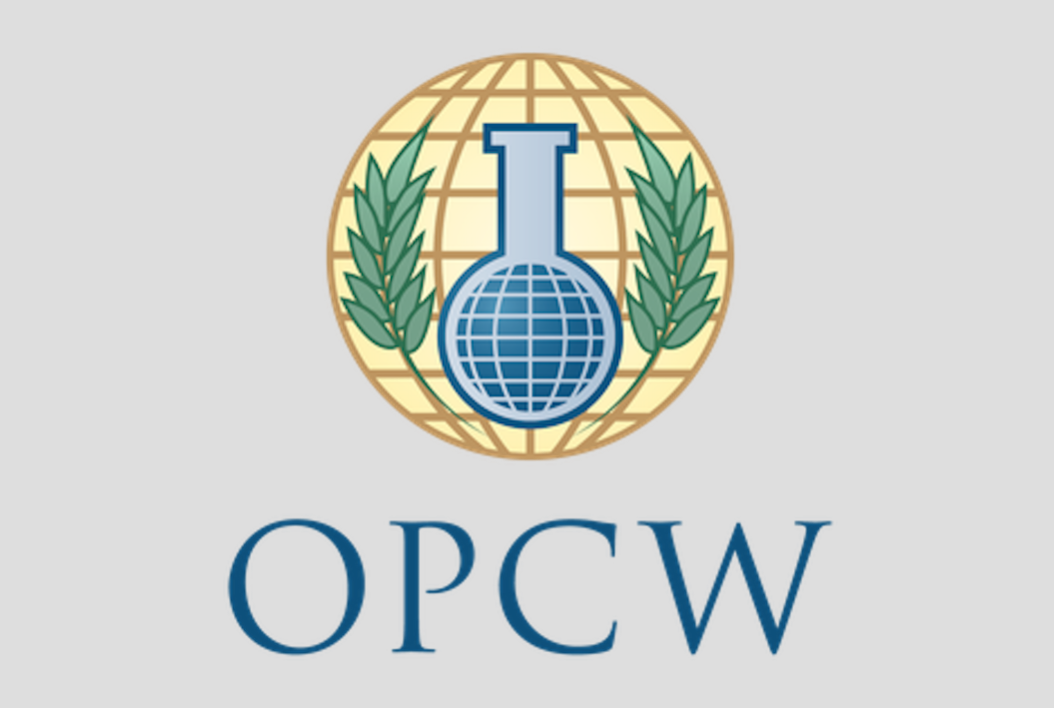By Jonathan Steele

November 19, 2019 "Information Clearing House" -Claims that President Bashar al-Assadís forces have used chemical weapons are almost as old as the Syrian civil war itself. They have produced strong reactions, and none more so than in the case of the alleged attack in April last year on the opposition-controlled area of Douma near Damascus in which 43 people are said to have been killed by chlorine gas. The United States, Britain and France responded by launching airstrikes on targets in the Syrian capital.
Were the strikes justified? An inspector from the eight-member team sent to Douma has just come forward with disturbing allegations about the international watchdog, the Organisation for the Prohibition of Chemical Weapons, which was tasked with obtaining and examining evidence.
Involved in collecting samples as well as drafting the OPCWís interim report, he claims his evidence was suppressed and a new report was written by senior managers with assertions that contradicted his findings.
The inspector went public with his allegations at a recent all-day briefing in Brussels for people from several countries working in disarmament, international law, military operations, medicine and intelligence. They included Richard Falk, former UN special rapporteur on Palestine and Major-General John Holmes, a distinguished former commander of Britainís special forces. The session was organised by the Courage Foundation, a New York-based fund which supports whistle-blowers. I attended as an independent reporter.
The whistle-blower gave us his name but prefers to go under the pseudonym Alex out of concern, he says, for his safety.
He is the second member of the Douma Fact-Finding Mission to have alleged that scientific evidence was suppressed. In May this year an unpublished report by Ian Henderson, a South African ballistics expert who was in charge of the missionís engineering sub-team was leaked. The team examined two suspicious cylinders which rebels said were filled with chlorine gas. One cylinder was found on the roof of a damaged building where over two dozen bodies were photographed. The other lay on a bed on the upper floor of a nearby house below a hole in the roof. The inspectors were able to check the scene because Syrian troops drove rebel fighters out of the area a few days after the alleged gas attack.
|
Are You Tired Of The Lies And Non-Stop Propaganda? |

